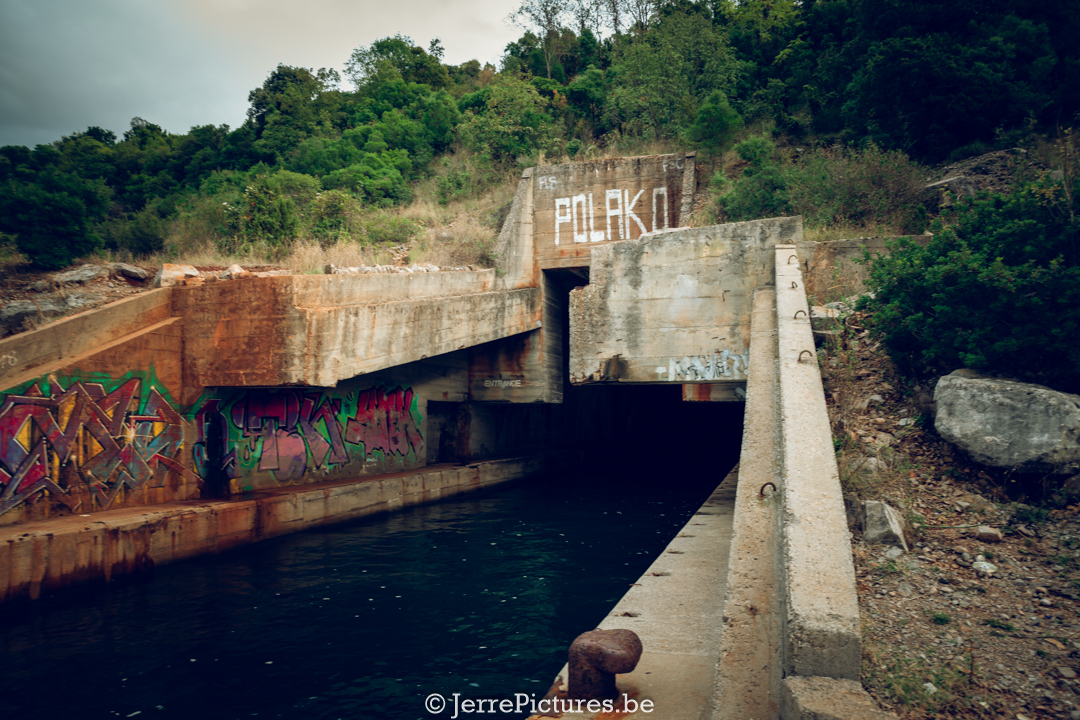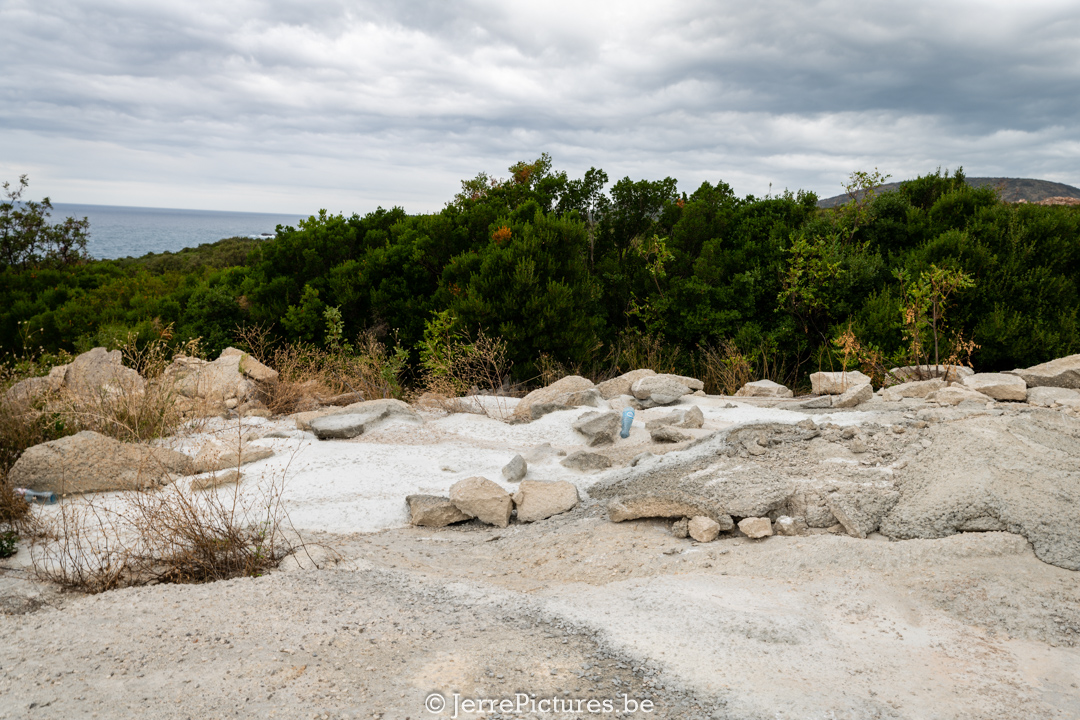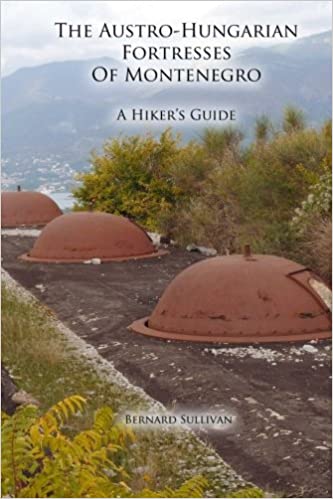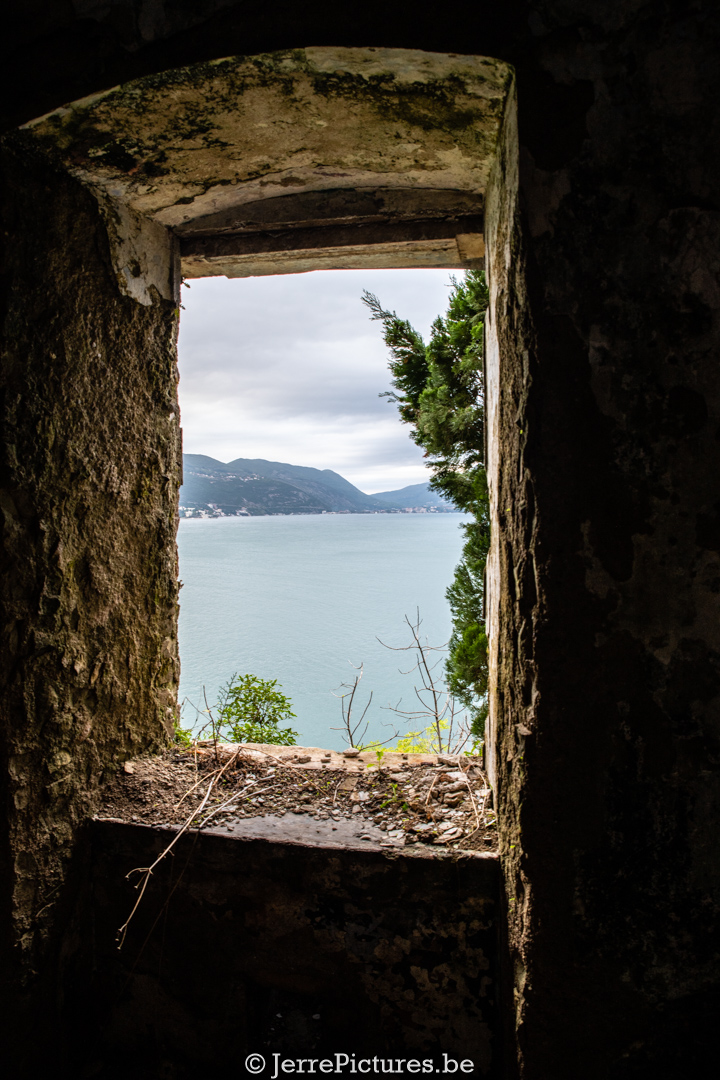Nestled on the beautiful coastline of Montenegro lies a jewel of the Balkans. With its crystal-clear waters, vibrant culture, and ideal location, it’s no wonder that tourism is a key driver of the local economy. However, to truly capitalize on the potential of this paradise, investments in the tourism sector are crucial.
Unfortunately, politicians fall short of effectively directing these investments, despite the presence of a procurement committee tasked with overseeing the process. (see sources below in my blog) Nonetheless, there is news that is grabbing attention: several sources report that state land at the ‘Kabbalah’ site has been leased for a period of 30 years. This information sheds new light on the future of Montenegro and may offer new opportunities for tourism development.
Due to the growth of tourism, valuable cultural and historical heritage sites are also being destroyed. In particular, this concerns old buildings from the Austro-Hungarian Empire, such as bunkers and forts. These buildings are important for the history of Montenegro but are now threatened by the drive towards mass tourism.
In Belgium, where I come from, old buildings are actually converted into hotels in order to preserve them as part of the cultural heritage and landscape. But in Montenegro, it seems that these buildings have to make way for hotels that they think will generate more money (although this type of tourism is outdated in my opinion).
According to the local population, mass tourism will mainly consist of wealthy Russians. Although they contribute to economic growth, many people see the destruction in the long term. Bulldozers and excavators are building roads to beaches and destroying trees and bushes in their path.
It is unfortunate that valuable culture and beautiful buildings are being lost due to the construction of hotels that do not take into account the historical and cultural value of the area. However, it seems that there is still ordinary tourist development taking place in Montenegro, while much more can be done to preserve this unique place.

Preserving historical and cultural heritage can be an important part of sustainable tourism. By integrating these buildings into the development of the tourism sector, both the economy and culture of Montenegro can benefit. Hopefully, future developments in Montenegro will take into account the value of these buildings and their unique history.
In 2009, plans were made to take the development of the area to the next level. Unfortunately, it seems that the expected buffer zone of a UNESCO site will not be realized, and the area is at risk of losing its cultural value. These are unique locations, such as the Yugoslavian underwater tunnel, hidden tunnel systems, the coastal battery of Luštica, and the guardhouse of Luštica with its breathtaking view over the bay. It is worrying that these historical and cultural treasures are at stake and may be converted into unappealing hotel facilities. The preservation of these buildings could be an important part of sustainable tourism, where economic development goes hand in hand with respect for local culture and history. It is hoped that future developments in the area will give more consideration to the value of these unique locations and that appropriate measures will be taken to prevent their loss.
Is this it then?
120-year-old fortresses and untouched nature that remained undisturbed for decades will disappear in the coming years.
Many tourists visiting the fortresses and other sights are being chased away in a rather harsh manner. When I noticed a concrete mixer dumping its waste into the sea and nature, which was not intended for me to see, we were almost forcefully expelled. A truly concerning situation.

During our journey through the country, we quickly noticed that many small hotels and campgrounds were closed due to the Corona pandemic. Luckily, we had made arrangements with a landowner to be able to camp on his property, but the road to the location was difficult to find and inaccessible due to a heavy storm and meters-high bushes that blocked our path. After taking a detour we found on an old military map, we parked our car on his property, somewhere hidden from the road.
The next morning, we were surprised by the arrival of workers with old vans who were taken to construction sites. Although we had heard stories before of people being threatened with guns when visiting unlicensed ancient sites, we didn’t fully believe these stories. Nonetheless, with these stories in the back of our minds, we didn’t feel entirely at ease. Interestingly, at one of these sites where tourists/travelers were chased away, the local authorities later claimed it was a private party of a wealthy man who had rented the site. We regretted missing out on that party, which apparently lasted for a few years. I would have loved to be there…for the free food, of course.
Fortunately, there were also places where we were welcome, knowing that we might be among the last visitors received in that way. But the story of concreting is ubiquitous along the coastline of Montenegro. Many unfinished houses, apartments, and even hotels bear witness to the unstoppable urge to concrete. It’s a sad thing to see that the beautiful natural environment and historic buildings have to make way for the drive towards modernization.
The best example is Hotel AS coordinates 42°12’24.744″ N 18°55’52.704″ E (Klick on the link to see some pictures on google maps)
This hotel was bought by a rich Russian according to the locals. But in 2009 this went bankrupt. Still, in 2020 the Hotel is standing there unfinished and the construction cranes are still standing there unemployed.
I hope that the politicians can keep their purse strings tight for bribes to give this country a huge chance for a healthy form of tourism where cultural heritage, nature, and ecotourism can really go hand in hand.
I have already told you in a post about the most beautiful Rustic place in Montenegro: village of Rose,
On the way there, you’ll see all this beauty.

Do you want to visit more hidden gems of the Austro-Hungarian Empire?
Through this link, you can buy a book where the most iconic fortresses are included?
I am included in the amazon influencer program and when you buy with this link I earn a small penny.
This is the ultimate hiking book for the Bay of Kotor, describing 12 great walks and 1 boat trip to visit 17 iconic fortresses. With 240 images and GPS waypoints, this is the essential fortress-visiting companion, and also a fascinating source of information for Geocaching enthusiasts. Close to the Bay of Kotor, Montenegro’s favorite tourist area, hidden and almost unknown among the surrounding mountains and hills, lie a large number of wonderful old fortresses, relics from the last decades of the Austro-Hungarian Empire, built to defend their huge military harbor and protect the southernmost outpost of the empire. Ravaged by the earthquake, lightning strikes, the impact of extremely heavy rainfall, and in some cases robbed of their best hand-crafted stone, they are set in the stunning scenery and connected by equally well-crafted stone pathways. Using the combined skills of the author, an experienced day hiker, and photographer, with the assistance of Volker Pachauer of Graz University in Austria, an acknowledged expert in the history of these old structures, and founding member of the Austrian Society for Fortress Research, it will enable anyone with hiking skills to discover and explore many of these hidden treasures for themselves, learning something of their history. It is hoped the book will add impetus for a possible conservation project, the creation of a museum employing local people, to celebrate the historic Austro-Hungarian fortresses of Montenegro
Click here to buy:
The Austro-Hungarian Fortresses of Montenegro: A Hiker’s Guide

resources and more info:
‘Towards a Healty Architecture Luštica Peninsula’ by ‘Saša Cvetković ‘
A thesis presented to the University of Waterloo in fulfillment of the thesis requirement for the degree of Master of Architecture in Architecture
Waterloo, Ontario, Canada 2006 https://www.collectionscanada.gc.ca/obj/s4/f2/dsk3/OWTU/TC-OWTU-785.pdf
 www.bokanews.me
www.bokanews.me


